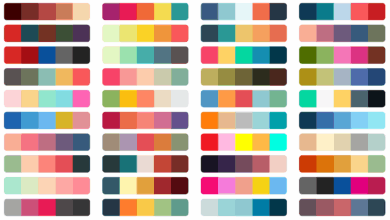Sustainable Home Spaces: Tropical and Subtropical Home Design

As the world grapples with climate change, energy-efficient and climate-resilient home design is de facto—it is unavoidable. In the tropics and subtropics, where it is warm and humid for most of the year, and wet seasons inundate landscapes, sustainable home design can be a means to comfort, efficiency, and long-term resilience.
Learning from the Climate Challenge
Tropical and subtropical parts of the country experience hot sun, dense humidity, and monsoonal rains throughout most of the area. These are not hallucinations; they must be managed in order to live sensibly. Conventional forms based on electric lighting and air conditioning no longer work economically or ecologically. Modern builders and architects now turn to passive systems of cooling, natural ventilation, and power-conserving materials to create comfort in fewer watts.

Passive Design: The Key to Sustainable Architecture
It’s all about passive design—something that makes use of the forces of nature such as sun, shade, and wind to regulate indoor temperature. The first secret is orientation: positioning the house so it receives cross-ventilation and reduces direct sunlight can slash air-conditioning use by a huge amount.
Large variety eaves, overhangs, and pergolas shield walls and windows from direct sunlight, and heat-reflecting roofing materials reflect heat. Windows strategically placed and open floor plans facilitate air circulation, and natural cooling breeze that is natural and comfortable.
Using Eco-Friendly Building Materials
Material selection is one of the key ideas in climate-resilient design. Materials such as local and natural materials like reclaimed wood, rammed earth, clay bricks, and bamboo reduce the carbon intensity of a project but also improve insulation and moisture control.
For instance, bamboo is highly renewable and highly appropriate for construction and decoration in rainy climates. Green concrete and solar-reflecting paint also reduce heat absorption, both boosting endurance and comfort. Green materials will likely have dual benefits—eco-friendly and economical on the long run by conserving energy efficiency.

Impressive Renewable Energy and Intelligent Systems
No home in today’s world is complete without access to renewable energy. Solar panels and storage batteries also have come down in cost and become more efficient, and residential owners can now generate clean power even on remote locations.
Second, intelligent devices like automatic thermostats, LED lighting, and power management systems allow the user to optimize power use. Coupled with rainwater harvesting and greywater reuse systems, the house is independent and not prone to spasmodic water and electricity supply.
Designing for Lifestyle and Comfort
There is no requirement to forfeit panache or comfort for sustainability. Tropical and subtropical homes more frequently than not extend their arms in welcome to the marriage of in and out. Spacious verandas, open courtyard rooms, and sun-screened gardens mesh indoors and outdoors, allowing sunlight and fresh air to roam freely.
Designers are increasingly creating in biophilic mode, utilizing plant forms, organic geometries, and natural materials in order to promote psychological well-being—a design process scientifically proven to lower levels of stress and enhance happiness.

Conclusion: Building for the Future
Constructing durable tropical and subtropical homes is as much a question of art and morals as it is of procedure. It demands residents and designers to be less interested in looks and more interested in orientation towards efficiency, flexibility, and cooperation with nature.
With the globe becoming more and more interested in living in houses with green residential architecture and sustainable buildings, the living in future houses rests on houses that do not touch the ground but give nothing to the extravagance of human beings. Green homes are no longer the standard—they are the model for future houses.




